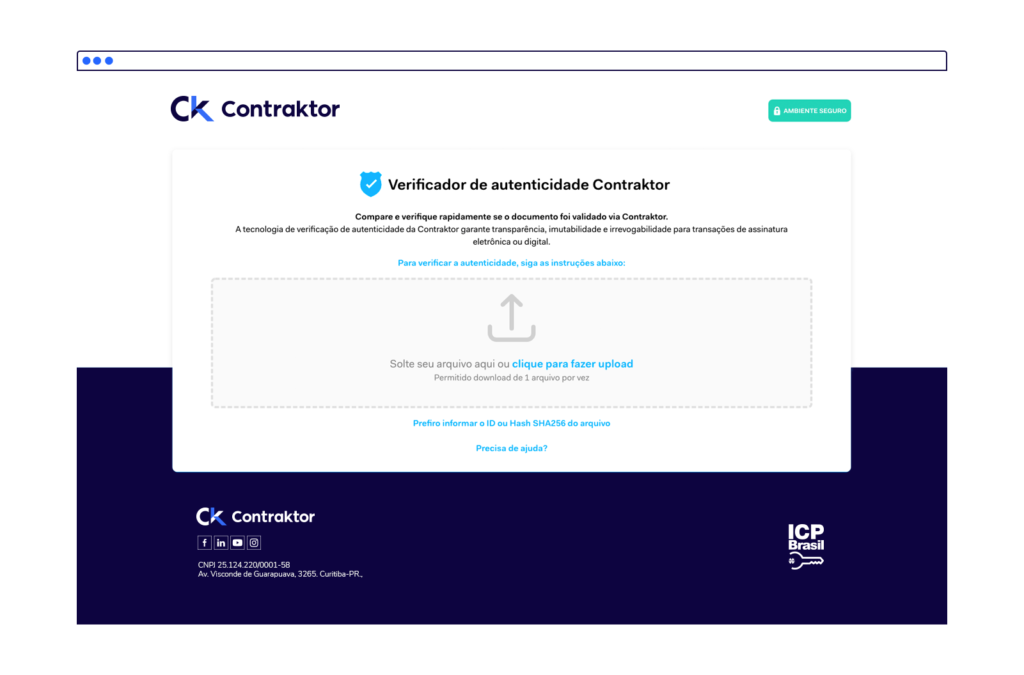Check out how digital signature security works and understand the technology involved in the process.








Trabalhamos para facilitar a gestão de contratos dos nosso clientes de maneira 100% digital, segura e eficiente.

CONTRAKTOR – TECNOLOGIA S/A 25.124.220/0001-58 – todos os direitos reservados | © 2023
Esse é o tempo que você leva para analisar e revisar contratos com o CK Reader, a sua nova ferramenta de Inteligência Contratual.